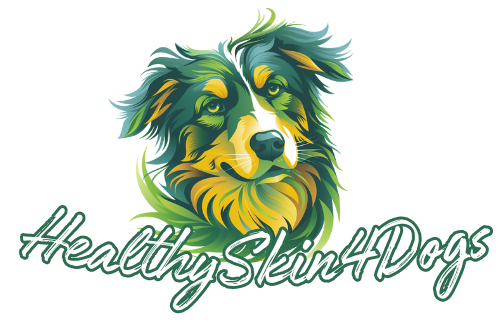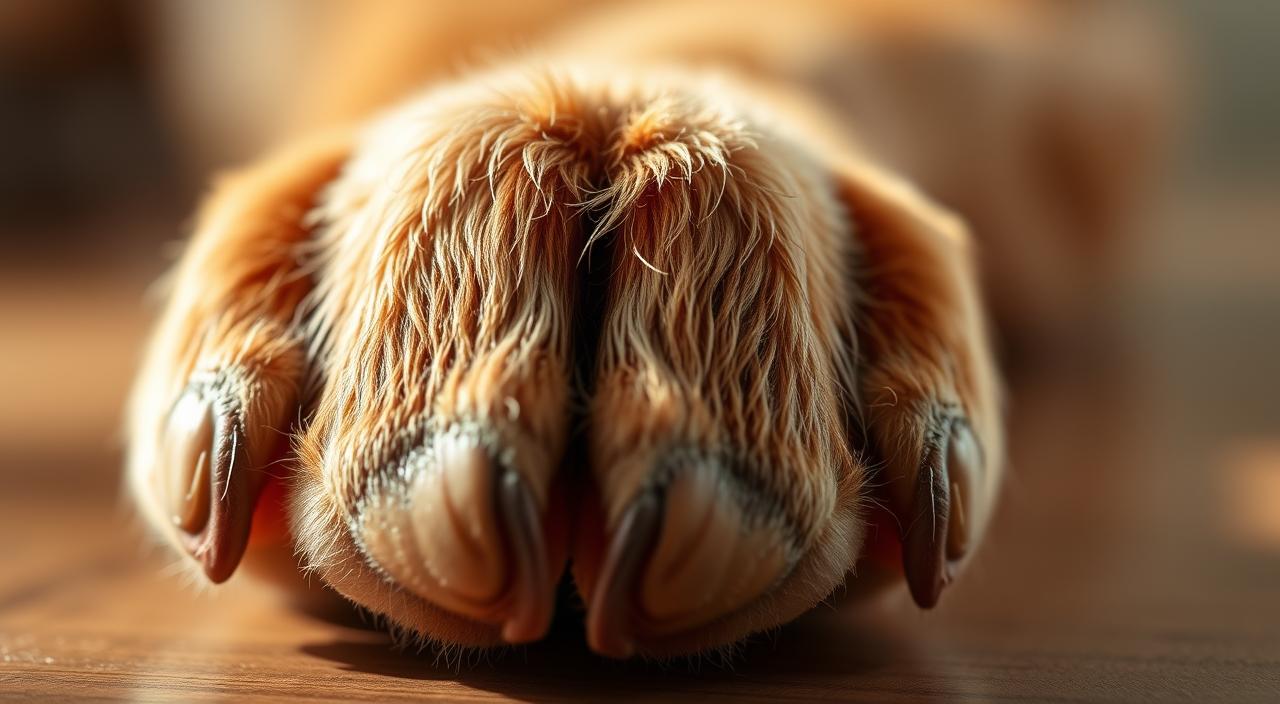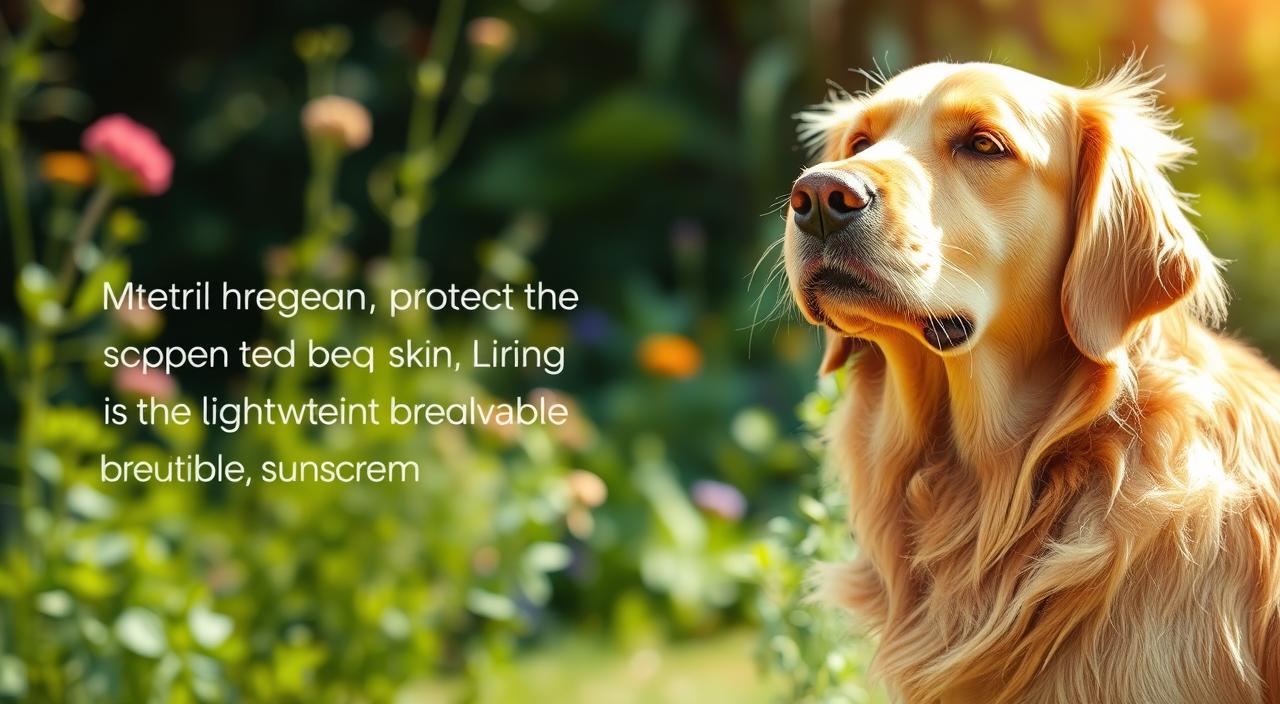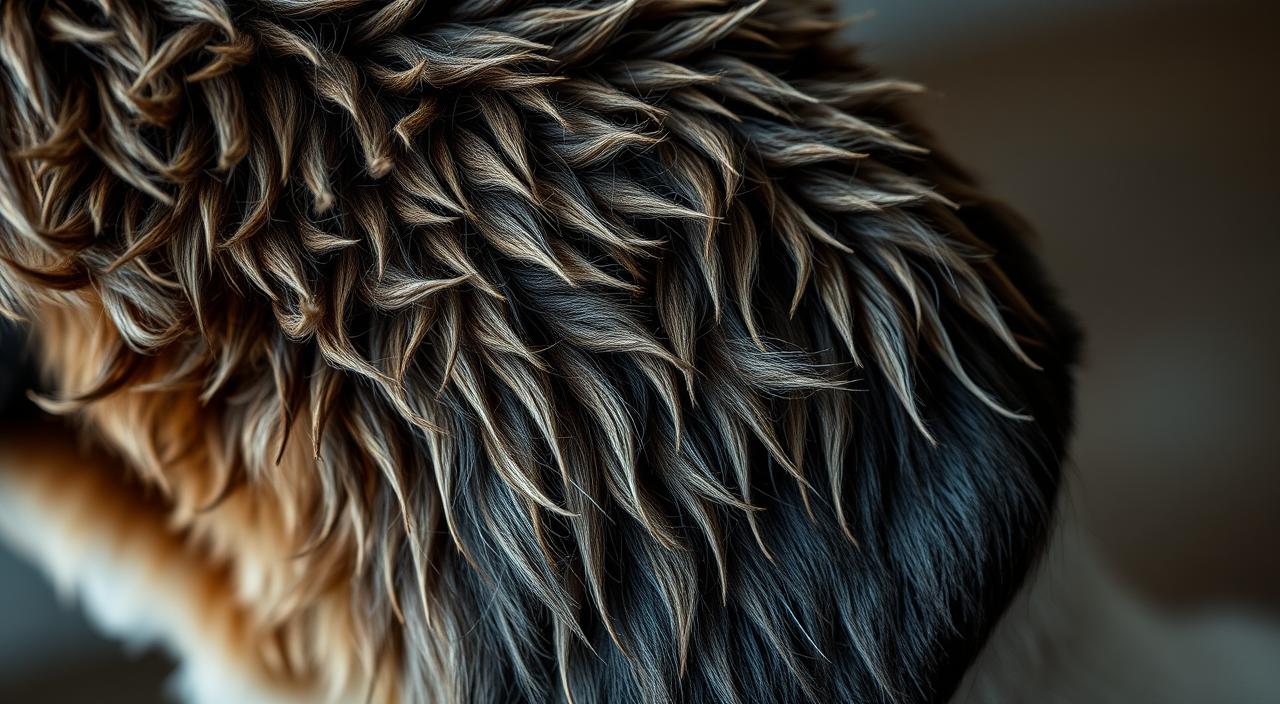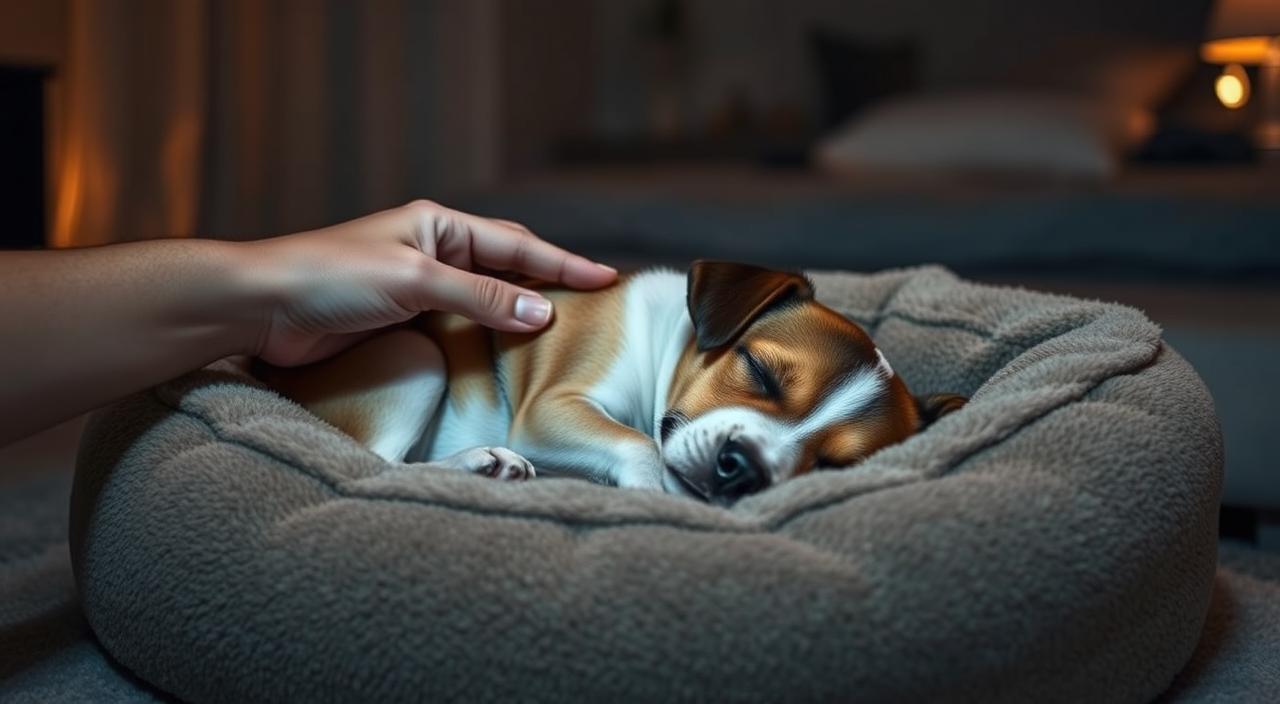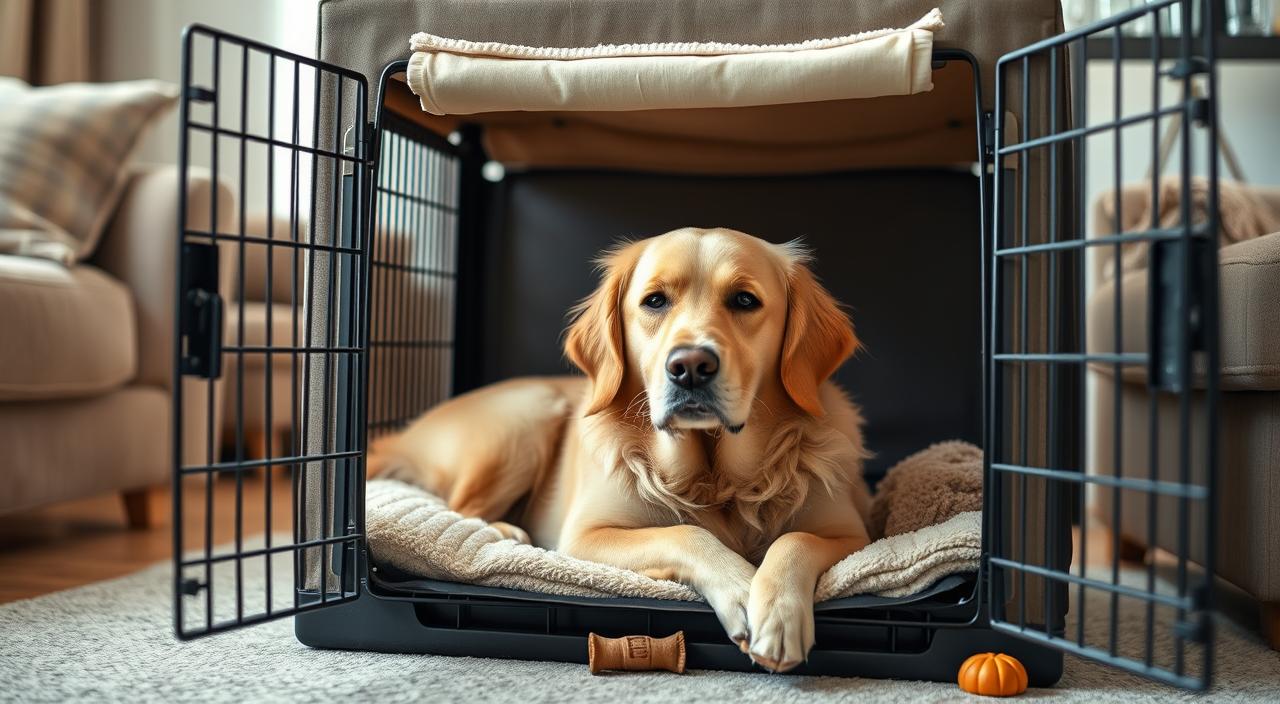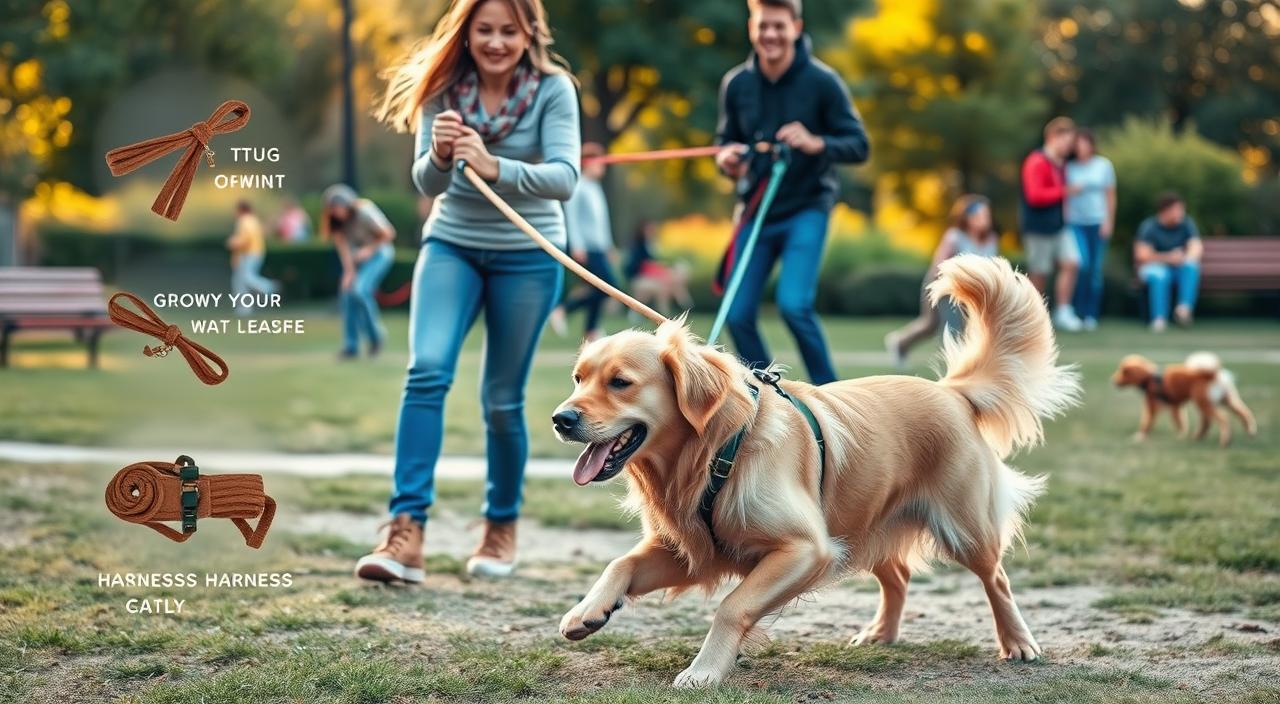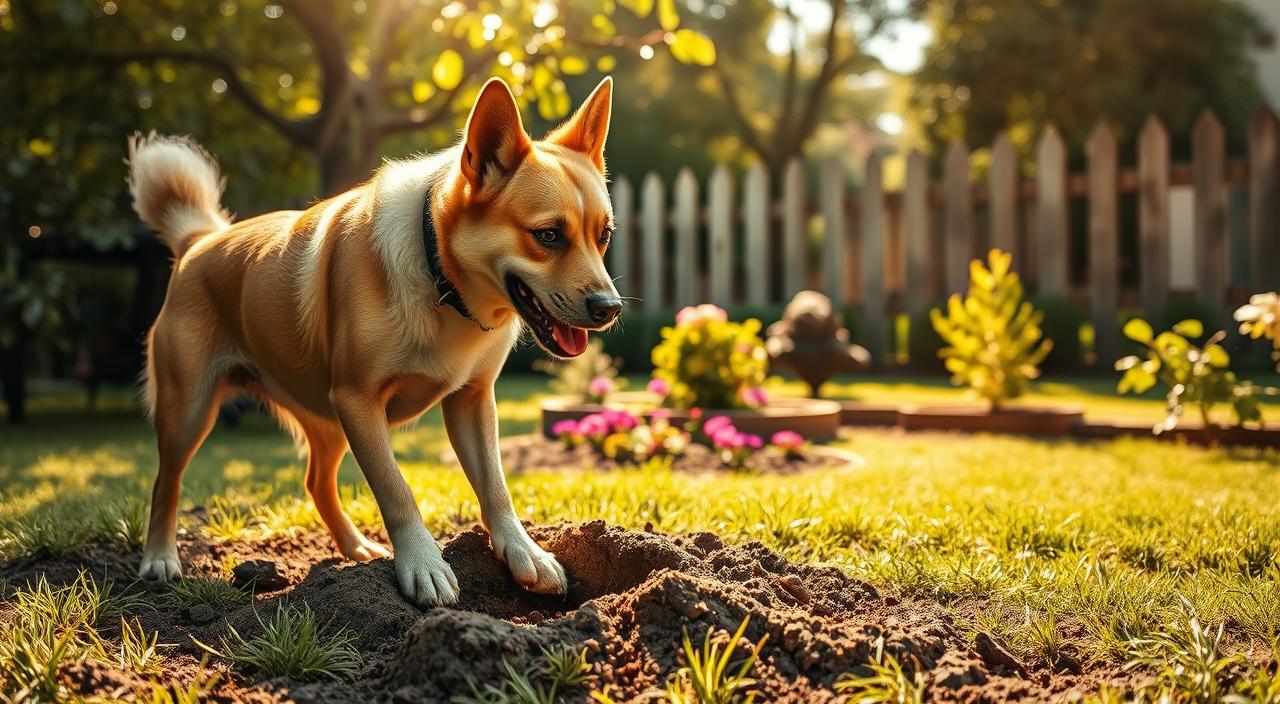You likely want quick relief when your pet shows sore paw pads, and home remedies for dog paw cracks give clear steps to soothe pain and speed healing.
Paw pads are tough on the outside but sensitive beneath—a mix of fatty tissue and thick skin that cushions steps, aids traction, and protects against rough surfaces. Small scuffs may be normal wear; deep fissures can bleed and need careful care.
We outline practical, evidence-based steps to clean, moisturize, protect, and rest affected pads, plus simple prevention tips to lower the chance of repeat injuries. Expect mild cases to improve in a couple of weeks with consistent care; persistent or bleeding wounds warrant a vet review.
Key Takeaways
- Quick cleaning and gentle moisturizing ease discomfort and support healing.
- Inspect paws after walks and avoid hot or rough terrain when possible.
- Use dedicated balms or safe products; petroleum options can work short-term.
- Deeper or bleeding fissures need veterinary attention without delay.
- Consistent care usually shows progress within a couple of weeks.
- Learn which ingredients to prefer and when to seek professional help.
- For related skin guidance, see this helpful care resource.
How to spot cracked dog paw pads and keep your pup comfortable right away
Quickly recognizing damaged pads lets owners ease pain and begin safe care right away.
Early signs at a glance: look for dryness, a rough or coarse texture, visible fissures, peeling, or missing bits of pad. Check between toes for redness or swelling; severe breaks may expose tissue and bleed.
Common signs: dryness, fissures, bleeding, limping, and excessive licking
Behavior is a key clue. Limping, holding up a paw, or refusal to walk on certain surfaces shows discomfort.
Frequent licking or chewing often causes rust‑colored stains on fur. Pads may feel very coarse or lose pigment when abnormal.
Immediate do’s and don’ts before you start care
- Do rinse dog paw pads gently with warm water or use pet‑safe wipes to remove grit; pat dry completely.
- Don’t use harsh human antiseptics or stinging products that increase irritation and delay healing.
- Keep the area clean before applying any moisturizer so debris won’t trap against the skin.
- Limit walks on hot pavement or rough ground; give short, smooth indoor or grassy time while you plan care.
Set expectations: mild cracked paws improve with regular twice‑daily care over days; deep, bleeding, or rapidly worsening lesions need a vet without delay.
What causes cracked dog paws in the first place?
Everyday surfaces and changing weather can wear away the protective layer of a pad and lead to painful splits.
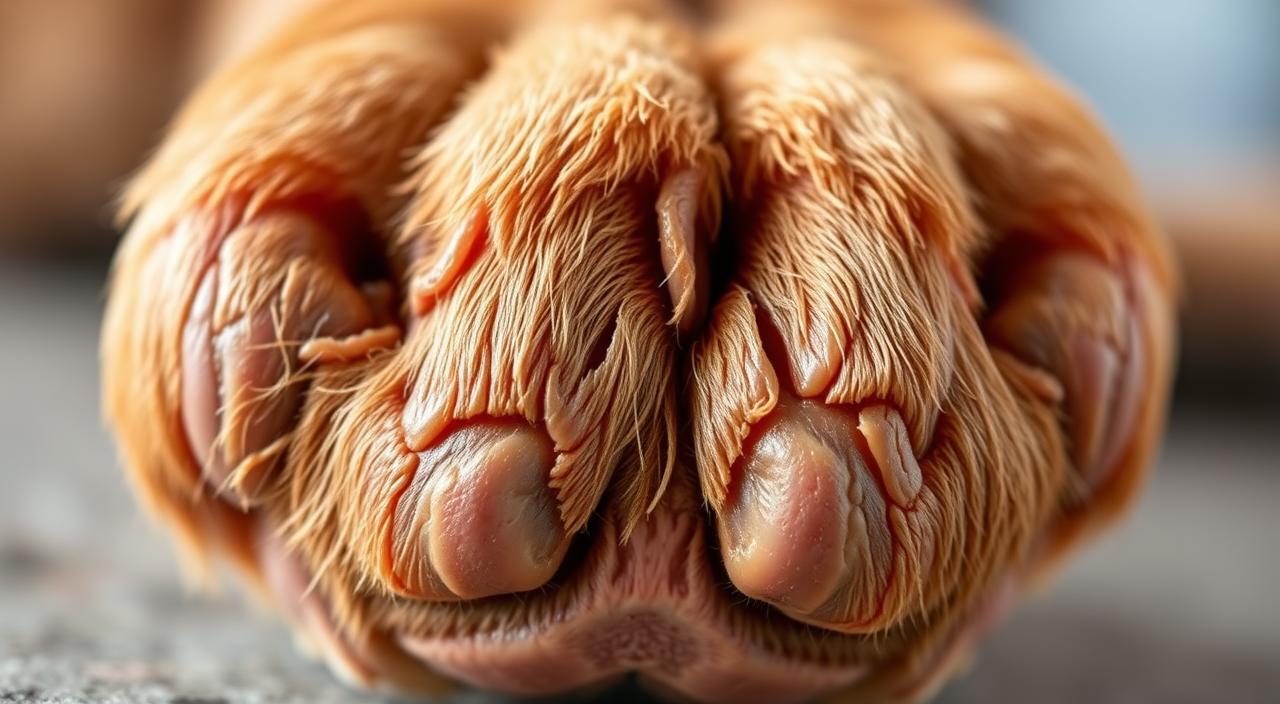
Repeated friction from rough surfaces and abrasive terrain—concrete, hiking trails, and tennis courts—grinds down the tough outer skin. Hot pavement causes thermal burns; ice, cold air, and salts dehydrate and irritate pads. Household products like ice melt, floor cleaners, and fertilizers can inflame dog skin on contact and promote licking, which deepens lesions.
Systemic conditions also play a role. Allergies, hypothyroidism, Cushing’s disease, autoimmune pemphigus, and certain liver disorders change skin quality and can make pads crusty or split. Low protein diets reduce keratin, the pad’s building block, and zinc‑responsive dermatosis causes crusting in some breeds.
Hyperkeratosis — excess keratin buildup, common in senior dogs — forms brittle overgrowths that crack under weight. Trauma and overuse tear pads and heal slowly because dogs bear weight with every step.
| Cause | How it damages pads | Typical signs | Quick action |
|---|---|---|---|
| Rough surfaces / terrain | Wears outer layer, creates fissures | Rough texture, bleeding, limping | Limit walks; use booties |
| Extreme weather / hot pavement | Thermal burns or dehydration | Blisters, cracked skin, peeling | Test surface; walk at cooler times |
| Chemical exposure | Irritates and inflames skin | Redness, licking, raw spots | Rinse pads; avoid products |
| Medical / nutritional conditions | Alters skin structure and healing | Chronic crusting, recurrent cracks | Vet evaluation; diet correction |
When to call your veterinarian about cracked paw pads
If a pad has deep bleeding, swelling, or your pet refuses to put weight on a foot, contact a veterinarian immediately. These signs indicate tissue damage or infection that needs clinical care.
Watch behavior closely. Persistent licking, sudden limping, increased irritability, or lethargy suggest pain or systemic issues. Prompt vet attention reduces complications.
What a clinician may check and why
- Physical exam of the pads and interdigital spaces.
- Cytology to look for bacteria or yeast under the microscope.
- Bloodwork (thyroid, liver, general panels) to find underlying conditions.
- Biopsy or referral to a veterinary dermatologist when autoimmune or chronic disease is suspected.
| Red flag | What it suggests | Immediate owner action | Likely vet steps |
|---|---|---|---|
| Deep, bleeding fissures | Tissue damage; pain risk | Apply gentle pressure; seek vet | Wound care, pain control, antibiotics |
| Refusal to bear weight / severe limping | Significant pain or infection | Limit activity; contact clinic | Exam, imaging if needed, analgesia |
| Swelling, heat, redness | Inflammation or abscess | Keep area clean; schedule visit | Cytology, culture, targeted meds |
| Persistent licking / behavior change | Ongoing pain or systemic issue | Prevent self‑trauma; consult vet | Diagnostics (bloodwork), specialist referral |
Ask the vet about safe pain relief and infection control. Never give human NSAIDs without guidance. Use recovery cones and booties as recommended to protect healing pads.
Home remedies for dog paw cracks: a step-by-step healing routine
A clear, stepwise routine helps injured pads recover faster and reduces the chance of infection. This short plan covers cleaning, optional soaks, moisturizing, protection, and activity limits to speed healing.
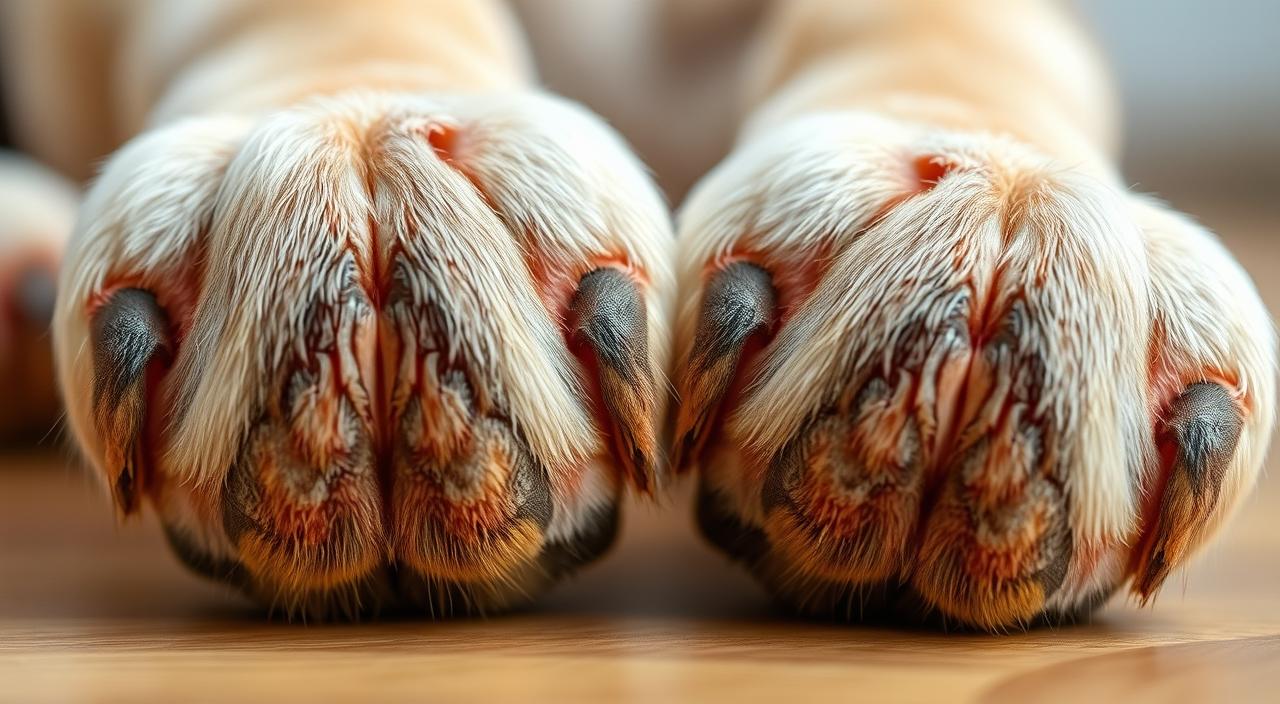
Clean gently
Start by flushing each pad with warm water or use pet‑safe wipes to remove grit. After hikes, a diluted oatmeal shampoo calms irritated skin without stinging.
Optional soaks
For soreness, brief warm soaks with Epsom salt may ease swelling. Rinse and dry thoroughly. Prevent pets from drinking the soak to avoid stomach upset.
Lock in moisture
Apply a thin layer of a dedicated balm or butter made for pads. Waxy, thicker balms and paw balm formulas resist friction better than light creams and stay longer on the skin.
Cover and protect
Use breathable socks, light bandages, or waterproof booties for 30–60 minutes after application. This helps absorption and prevents tracking across floors.
Rest and timing
Limit outings to short, soft‑surface walks while pads repair. Repeat cleaning and moisturizing twice daily at first. Many mild, non‑bleeding cracks improve within a couple of weeks with steady care; seek veterinary help if lesions worsen.
| Step | Action | Why it helps |
|---|---|---|
| Clean | Warm water or pet wipes | Removes debris that delays healing |
| Soak (optional) | Warm water + Epsom salt, short time | Reduces inflammation and soothes pain |
| Moisturize | Paw balm, butter, or waxy product | Locks in moisture and protects against friction |
| Protect | Socks, bandages, booties | Prevents contact with irritants and improves absorption |
Choosing paw balms and products the right way
Not all balms are equal — ingredients and purpose guide which product helps most. Owners should favor formulas that hydrate, shield, and resist quick wear.
Key ingredients that help
Look for shea butter, vitamin E, beeswax, and plant oils. These ingredients soften and form a breathable barrier on the pad surface.
Clinically used options like Dermoscent Bio Balm and Atopivet Spot‑On have backing for dog skin support and barrier repair.
Petroleum products: short-term use
Vaseline, Aquaphor, and Bag Balm work in a pinch. They seal moisture but may be less durable than purpose‑made paw balm. If licking is high, GI upset can occur.
Coconut oil: use with caution
Coconut oil has emollient value but can cause stomach upset when ingested. It performs better as a component of a formulated balm than alone.
| Type | Best use | Notes |
|---|---|---|
| Wax-forward balm | Protects against friction | Great for active pads; long-wear |
| Light emollient | Daily maintenance | Absorbs quickly; less barrier |
| Petroleum ointment | Short-term seal | Useful in emergencies; watch licking |
Clean first, apply a small amount to each paw pad, then allow 30–60 minutes of quiet time or cover with booties to improve absorption.
Protecting dog paws while they heal
A small change in gear—wax or booties—often prevents setbacks during healing.
Paw wax barriers and booties for rough surfaces and harsh weather
Apply a wax like Musher’s Secret before brief outings to protect pads from salt, chemicals, and abrasive ground. A thin layer reduces friction and helps protect against cold or hot surfaces.
Waterproof booties such as Pawz offer extra shielding on sidewalks, gravel, or snow. Use them on rough terrain to keep dog feet from re‑injuring tender skin.
Keeping products on the paw: cones and downtime for absorption
After applying balm, allow 30–60 minutes of calm rest so the product absorbs. If licking is persistent, use an Elizabethan collar to stop removal and prevent further irritation.
- Use a barrier before going outside to block chemicals and dirt.
- Choose smooth routes—grass or paved paths—over rocky terrain.
- Rinse and dry pads after walks; reapply a thin layer as needed.
- Ensure booties fit snugly without rubbing and limit wear time.
| Option | Best use | Notes |
|---|---|---|
| Paw wax | Short walks, wet or icy surfaces | Creates a breathable barrier; reapply after long outings |
| Booties | Gravel, snow, salted sidewalks | Protects against abrasion; check fit and skin underneath |
| Elizabethan collar | Stops licking and chewing | Prevents loss of topical products and re‑injury |
Prevention tips for U.S. conditions and everyday life
A short post-walk ritual and seasonal adjustments cut risk and keep pads in good shape. Practical steps tailored to local weather make care quick and effective.
Beat the heat
Test sidewalks with the back of your hand: if it’s too hot for five seconds, it’s too hot for pads. Walk on grass, use shaded routes, and schedule outings in cooler hours to avoid hot pavement burns.
Winter care
At home, use pet‑friendly ice melt on driveways. After walks, rinse and dry dog feet and between toes to remove salts and chemicals. Regular moisturizing helps during cold weather and prevents dry, brittle pads.
After-walk routine and medical management
Inspect each pad and nail bed, remove grit, and apply a light balm when needed. Work with your vet to control allergies or endocrine issues that affect dog skin and overall health.
Load, hair and route planning
Maintain healthy weight, trim nails, and clip excess hair around pads to improve traction and reduce uneven pressure. Pick softer trails on very hot or cold days and save rough hikes for milder weather.
| Risk | Quick action | Why it helps |
|---|---|---|
| Hot sidewalks | Switch to grass, cooler times | Prevents thermal burns |
| Salt/ice melt | Rinse and dry after walk | Stops chemical irritation |
| Excess weight & long hair | Weight plan, trim hair | Reduces pressure and matting |
Conclusion
A steady routine of cleaning, moisturizing, and protection speeds recovery and reduces repeat injury to cracked dog paws.
Keep paw pads clean, apply a purpose-built paw balm rich in shea butter and vitamin E, and shield pads from rough surfaces with booties or wax barriers. Petroleum options help in a pinch but use them briefly and watch for licking that can cause GI upset.
Coconut oil works better as part of a formulated product than alone. If lesions are deep, bleeding, or keep returning, consult a veterinarian or vet to rule out underlying conditions that affect skin and healing.
Small, consistent checks after walks and simple care steps preserve pad health and support long-term comfort and overall health.
